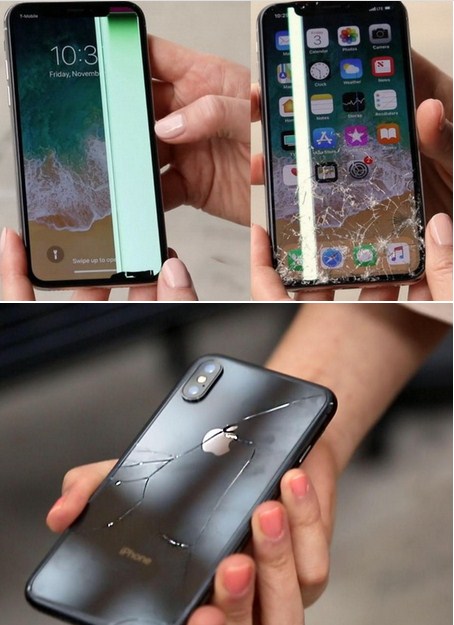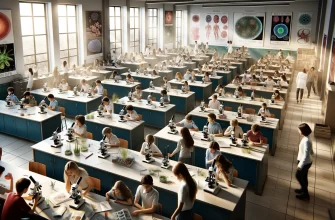When we speak of modern furniture, приобрести которую можно на странице https://mik-mebel.com/kuhni-modern.html, we think first of all about design. The history of modern furniture from the 20th years of XX century. Furniture new formation, new style of functionalism was a continuation of the ideas in the architectural solutions of the creative association Bauhaus. Higher construction and artistic design school was founded in 1919 by Henri Van de Velde and became the cradle of the modern concept of design, in architecture, and in furniture, household items, art.
Utility, functionality, ergonomics – these are the main theses of the Manifesto 1919 of the year. but, the founders of the movement have sought not only to create a convenient and affordable for the mass public goods, but also to maintain the attractive appearance of their products. Weimar school united artists, architects, designers and graphic artists in the walls. That made the Bauhaus concept of "design" ubiquitous term in building design, furniture, accessories for household and home, household appliances.
Bauhaus ideas covered all types of plastic arts, related to the design of the material and human environment of home. The main message of the new, the so-called international, style was the refusal of the old traditions of classical direction, There were quite a long time. an order system, a lot of ornaments and decor, an abundance of ornamentation changed clear concise form of new materials.
The emphasis has shifted towards mobile, comfortable, simple designs. straight lines, pure geometric forms, smooth and shiny surface of the glass, plasty, replaced artsy decor, massiveness and grandeur of the past. The interiors have become valued more, open spaces, convertible and mobile furniture. This was facilitated by new materials:
- reinforced concrete structures;
- the ability to process and use glass;
- plastic;
- metal;
- various synthetic materials.
Technical realities, industry development, as well as all the accelerating rhythm of modern life demanded new ideas, new forms, a new style.
Free creativity and flight of fancy the mid XX century.
Bauhaus style became a prototype high-tech and minimalist direction. The unofficial motto of the movement were the words of Mies van der Rohe – "Less - is more" (The less is more). The avant-garde era of modernism in the middle of the XX century gave way to postmodernism, that more was associated with a response to a new stage of development of post-war society. 60-e year brought in a design style pop art, bright psychedelic art objects, the originality of shapes and material combinations, contrasting color combinations.
Separate passes over craze theme of Space and Space as a whole. Hence the fascination with metallized surfaces and lots of light sources in the interior. 70-e years - an era of cultural, political and social changes. Style disco and funk, Punk culture is embodied in the form of a futuristic interior loft, Club or "garage" type.
The combination of incongruous colors, bright and shiny surfaces, multiscale furniture, different materials, engaging in interior exterior (street) objects, such as for example road signs. Experimental interiors 80s turned the apogee of standardization and harmonization in the interior. Typical sets of furniture, wall, sideboards, trellis appear everywhere in every interior.











